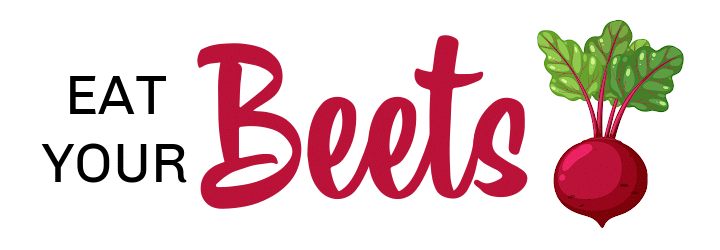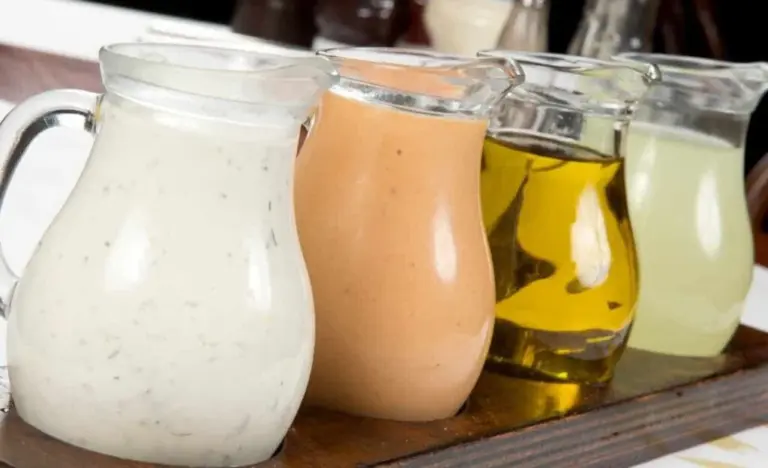What Does a Chestnut Taste Like?
What does a chestnut taste like and how do you use chestnuts in cooking? Today we’ll be talking about the different types of chestnuts, what they taste like and how to use them.

Contents
What Are Chestnuts?
Chestnuts are a type of tree nut that is often associated with the fall season. Chestnuts come from chestnut trees and have a slightly sweet, and earthy flavor that sets them apart from other nuts and makes them a popular choice for a variety of dishes and snacks.
What Do Chestnuts Taste Like?
Chestnuts have a slightly sweet, nutty flavor that is often described as earthy or woodsy. They are not as rich and creamy as other nuts like almonds or walnuts but are still quite flavorful.
Chestnuts are most commonly used in recipes where a nutty, slightly sweet flavor is desired. They can be chopped and
Chestnuts can be eaten raw or roasted, and work well in sweet dishes like baked goods, soups and stews, or simply prepared on their own. Some people say peeled chestnuts taste similar to sweet potatoes and yam.
Unlike other edible nuts, chestnuts tend to have a spongy texture. The soft texture makes them great for mashing and pureeing.

What Do Roasted Chestnuts Taste Like?
When roasted correctly, chestnuts have a tender, slightly crunchy texture and a mildly sweet flavor often described as similar to a sweet potato or yam, or a freshly baked roll or warm, toasty grain.
The flavor of oven-roasted chestnuts can also vary depending on how they are prepared, with slow-roasted chestnuts having a more intense, smoky flavor and chestnuts baked in the oven having a milder, nuttier taste.
Different Types of Chestnuts
There are several different varieties of chestnuts, each with a slightly different flavor profile. Some common types of edible chestnuts include:
Italian Chestnuts
These large nuts have a sweet and earthy flavor that is popular in fall desserts like pies, cakes, and cookies.
Chinese Chestnuts
These smaller nuts are often used in savory dishes and have a spicy, rich flavor.
Japanese Chestnuts
These nuts are often roasted or candied and are a popular choice for snacking due to their mild sweetness and texture.
European Chestnuts
The European chestnut has a light and delicate flavor that works well in many cooking applications. This includes the Spanish chestnut.
American Chestnut
The American chestnut is one of the most common varieties of chestnuts and can be eaten raw or cooked.
There are many ways to incorporate chestnuts into your cooking
Water Chestnuts
Water chestnuts have a slightly sweet, vegetal taste that is often used in Asian dishes. Water chestnuts taste different than other types of chestnuts, but they can also be roasted, boiled or baked.

Are Horse Chestnuts Edible?
No. Horse chestnuts are not edible, as they contain a compound called “aesculin” which makes them poisonous. Only the sweet chestnut varieties should be consumed, as these do not contain this compound.
Are Chestnuts Healthy?
Yes, chestnuts are healthy. Chestnuts are a type of tree nut that are a good source of several important nutrients. They are relatively low in fat and calories compared to other nuts, making them a healthier choice for snacking or adding to recipes.
Fiber in Chestnuts
One of the main nutrients found in chestnuts is fiber, which helps to support healthy digestion and can help to lower cholesterol levels.
Antioxidants In Chestnuts
Chestnuts also contain a good amount of antioxidants, which can help to protect cells from damage caused by free radicals. Additionally, chestnuts are a good source of several important vitamins and minerals, including vitamins C, potassium, and B vitamins.
How Many Carbs In Chestnuts?
Chestnuts contain about 17 grams of carbohydrates per 100-gram serving, or about 6% of the daily recommended carbohydrate intake. This makes them a good source of carbs for people with diabetes or those who are trying to manage their blood sugar levels.
What Does Spoiled Chestnut Taste Like?
Spoiled chestnuts will have a distinctly sour or rotten flavor, and will often be discolored. If you think that your chestnuts may be spoiled, they taste sour or have a bitter taste then it is best to avoid eating them and discard them instead.

Can You Freeze Chestnuts?
Wondering if you can freeze fresh chestnuts? The answer is yes. To freeze raw chestnuts, place them in a single layer on a baking sheet and freeze until firm. Then transfer them to an airtight container or Ziploc bag and store them in the freezer for up to 6 months.
How to Use Chestnuts in Cooking
There are many ways to use chestnuts in cooking and they can be used in both sweet and savory dishes.
Roast Chestnuts
Some ideas for using chestnuts in recipes include roasting them and adding to salads or soups, pureeing them for use as a thickener in gravy or sauces, blanching them and grinding into chestnut flour, or slicing and lightly roasting them for a simple snack.
Boiled Chestnuts
You can also boil chestnuts to use in recipes. This can be a great way to quickly and easily add the nutty flavor of chestnuts to dishes like pastas, risottos, or casseroles.

Chestnut Soup
Another idea for cooking with chestnuts is to make a delicious and comforting raw chestnut soup.
This recipe typically involves simmering the chestnuts in chicken stock with fresh herbs until they are tender, blending them into a smooth puree, and adding other ingredients like cream or whole milk to achieve a rich and creamy consistency.
Simmer peeled chestnuts to make a delicious soup or cook chestnuts on an open fire for the holiday season like they do in the Christmas song!
Fresh Chestnuts vs Canned Chestnuts
There are two main ways to get chestnuts: fresh or canned. Fresh chestnuts are typically in-season from fall through winter, while canned chestnuts can be found year-round at most grocery stores.
Fresh chestnuts have a slightly sweeter and more delicate flavor than canned chestnuts. Canned chestnuts are pre-cooked and have a more mild flavor but allow you to skip the shelling and cooking process.
How to Use Chestnut Flour
Chestnut flour is a type of nut flour that is made from ground, dried chestnuts. It has a rich, nutty flavor and can be used in baking or cooking to add additional nutrients and fiber.
One way to use chestnut flour is to substitute it for some of the regular flour in recipes like muffins, cookies, or other baked goods. It can also be mixed with other flours to make a gluten-free flour blend.
How to Roast Chestnuts
Roasting chestnuts is a simple and delicious way to enjoy these tasty nuts. Here’s a step-by-step guide for roasting chestnuts at home:
Preheat your oven to 400°F (200°C).
While the oven is preheating, prepare the chestnuts for roasting. Using a sharp knife, make a shallow X-shaped cut on the flat side of each chestnut. This will help to prevent the chestnuts from exploding while they are cooking.
Place the chestnuts in a single layer on a baking sheet.
Roast the chestnuts in the preheated oven for 15-20 minutes, or until the skins begin to curl and the nuts are tender when pierced with a knife.
Remove the chestnuts from the oven and let them cool for a few minutes. Once they are cool enough to handle, use a towel or oven mitts to gently peel off the outer skins. The skins should come off easily once the chestnuts are cooked.
Serve the roasted chestnuts immediately, or store them in an airtight container for later use.

Can Dogs Eat Chestnuts?
While chestnuts are not toxic to dogs and are generally considered safe for dogs to eat, it’s important to keep in mind that they are high-fat food and should be fed to dogs in moderation.
Like any other type of food, chestnuts can potentially cause digestive problems in dogs if they are consumed in large quantities and they could also be a potential choking hazard. It’s best to consult the vet before feeding chestnuts to dogs.
What Does a Chestnut Taste Like?
Now that you know more about the unique taste of chestnuts, as well as their potential health benefits, you should try adding cooked chestnuts to your meals or snacking on raw chestnuts as a healthy and delicious treat. From savoury roasted dishes to sweet desserts, there are many tasty ways to enjoy this versatile nut.






